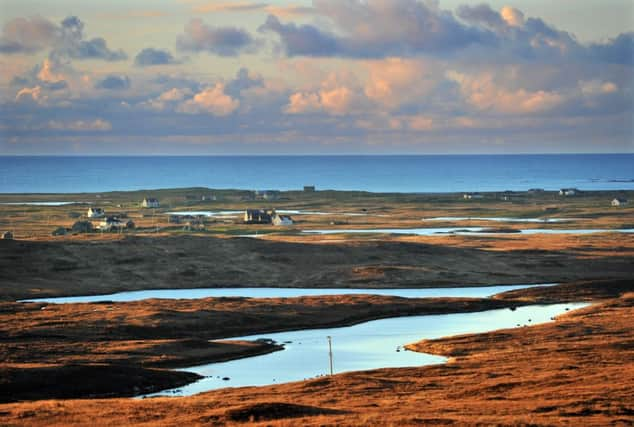Communities forge their own future


THE term “community empowerment” must be one of the most misused and abused terms within the lexicon of UK social policy, invariably used to mask sloppy thinking and justify all sorts of activity.
Often claimed by those in power as a core intention of regeneration policy or various forms of community engagement, the reality for communities on the ground has seldom come anywhere close to the rhetoric. And yet community empowerment is quite a simple concept – it’s about giving communities power to make decisions on their own account, and supporting their capacity to implement them.
Advertisement
Hide AdAdvertisement
Hide AdIf ever society needed strong, independent and resilient communities it is now: financial crises, growing inequality, sustained reductions in public expenditure, demographic challenges, climate change and falling electoral turn-outs. As Tony Hawkhead argues: “A broken society won’t be mended from Westminster or the town hall. Society has to mend itself. This means those people with the most challenges being given the best tools and support to increase their self-reliance… a community that is empowered can effect real change”.
So how should we regard the Scottish Government’s new Community Empowerment Bill? The bill draws considerably on what has been happening in communities throughout Scotland over the last couple of decades. From Govanhill to Gigha, from South Uist to West Kilbride, communities have begun to take control and lead, rather than participate in, local regeneration processes. With an approach based largely on community ownership and community enterprise, an increasing number of communities are now achieving positive change, some of which has been truly transformative.
The Scottish Government has increasingly recognised this latent potential and how it can be harnessed through the establishment of community anchor organisations (such as housing associations, tenant co-operatives, community land initiatives or development trusts). In 2012, a clear change of policy direction towards community-led regeneration was flagged up in the Scottish Government’s Achieving A Sustainable Future strategy.
In addition, continuing Scottish Government support for social enterprise, community renewable energy, community land ownership, community responses to climate change and other such measures, all evidence the Scottish Government’s increasing understanding of, and commitment to, community-led activity. It is within this context that the draft Community Empowerment Bill should be considered.
The bill proposes a range of new rights for communities, and places new duties on public bodies, around the transfer of assets into community ownership and the ability of communities to be involved in the delivery of public services. While there is room for improvement in the wording of the draft legislation, there is no doubting the policy intention, and in this respect the bill has the potential to deliver a step change in the balance of power between communities and local authorities/public sector bodies.
Equally encouragingly, the bill proposes to make the Community Right to Buy (currently only available to settlements with a population of under 10,000) a universal right, and thus available to urban as well as rural communities. The bill also proposes a welcome overhaul of the Community Right to Buy process, making it a clearer and fairer process for communities.
The weakness of the Community Right to Buy provision has always been that it requires the community to wait, sometimes for years, on the land or property which is the object of community interest, coming on to the market. The bill recognises that in certain circumstances, the public interest can greatly outweigh any private interest and seeks to explore when a more pro-active approach is appropriate, and what that might look like. This area is a bold but necessary inclusion in the draft bill, and one for which the Scottish Government should be applauded.
The draft Community Empowerment Bill does have some weaknesses. It has nothing to say about the future of community councils, and confusingly continues to refer to “community planning” as a community empowerment measure. However, overall, this legislation does seem a genuine and real attempt at community empowerment, which should increase community confidence throughout Scotland. Crucially, it will provide a much more supportive legislative framework for the delivery of community-led regeneration. As the consultation period comes to an end, communities throughout Scotland should reflect on their own experience, and engage constructively with the move towards empowerment.
• Ian Cooke is director of Development Trusts Association Scotland, a member of Social Enterprise Scotland.
SEE ALSO